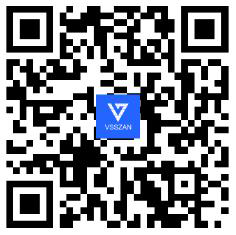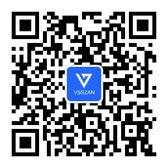Transcending Paper | Media.Work Studio
Transcending PaperFor several centuries, the paper was the primary medium of mass communication, forming generations of humans with a habit of perceiving information via a text, which resulted in a specific worldview. In this research, we study the potential of digital media to subvert this mode of thinking about the world and experiment with illustration and printing in a digital environment.
From visual to multisensoryMarshall McLuhan was one of the first theorists who described the totality of an effect that media have on society. Even though he was considered a controversial figure by some academicians, McLuhan’s conclusions were simple and catchy enough to gain the attention of the audience, and, moreover, they proved their value in the long term.According to McLuhan, the invention of printing was a massive event that resulted in creating a new dominant worldview reflected in culture and science. Roughly speaking, before printing, people lived in the world of hearing and tactility, where different stimuli were perceived at the same time through multiple senses. After the spread of printing, people started getting information through their vision, limiting their connection with the world, which became fragmented, as separate pages and letters.
This phenomenon is neither positive nor negative—it simply results in a discrete perception of the world as a series of reproducible parts. In some cases, it is a useful technique, but this is only one mode of thinking, which does not represent the diversity of the world we live in.
Our mere biological existence is not organized this way. While our bodies consist of similar blocks, like DNA nucleotides or blood cells, their interconnections are not that simple. This principle can be seen in genetics when multiple genes are responsible for the same trait, or vice versa, forming a complex network of nonlinear dependencies—a fractal rather than a grid.
In his studies, McLuhan concluded that new electronic media, radio and television at the time, were a reason for an important shift, bringing people back into a multisensory mode of perception, which existed in the era before printing. Stimulation of multiple senses and dense flow of information from all over the world, in his opinion, resulted in some sort of synesthetic reunification of visual, aural, tactile and other kinds of perception and a stronger connection between mind and senses.
This shift does not mean that we dispense with ‘pre-electronic’ ways of thinking, instead, we got new tools in our box. However, with the rise of many new media over the recent past decades, how we use the potential of media to transform our ways of thinking now does not depend on the media themselves.
Our information landscape looks like a kaleidoscope, where everyone can choose how active they want to be in terms of information consumption. High-resolution screens don’t leave much space for interpretation, like television did when it first appeared, making viewers complete the image in their heads—it was also an important factor of television's influence. Therefore, the effect of media is now mostly defined by the content and the person who absorbs it.
Abstraction and incompletenessThe subverting potential of media with regards to our ways of thinking and feeling might be revived through the connection of different stimuli in an abstract narrative. Sound, image and movement can be united into a story about an intangible feeling, which would induce us to look closer and to think carefully about the meanings that we see.
This approach may be called ‘abstract’, but it worth noting that a lot of abstract art styles are not that surprising for a modern viewer, as we often see those images in all sorts of media. The meaning of abstract should be persistently reconsidered, finding new visual ways of constructing narratives that go beyond our expectations about how the world should look like.
Such treatment can be used either for objects that exist in physical reality, purely abstract shapes or for a mix of both. That is especially true for our medium, 3D graphics, which allows experimenting with anything seen in the real world to create peculiar combinations of familiar and unconventional.
Another way to break our media consumption habits is to use incompleteness. Leaving some information about the object of our attention hidden, we invite people who perceive our creation—be it a film, a picture, a game, or anything else—to see this object in a new way and to finish it in their head, using their imagination and experience.
Our researchIn this short project, we focused our attention on traditional paper-based media, printing and illustration, to experiment with lines, letters and texture and to create something new on the foundation of those common things.
Clashing the world of the printed word with the digital reality, we got new combinations that made us question the future of media and to contemplate the possible directions of the technological development.
Bringing three-dimensional landscapes out of lines on a paper and creating animated drawings, we try to look at the conventional from another point of view and to find new methods for looking and seeing.
CreditsCreative Direction:Maxim Zhestkov, Igor SordokhonovDesign, Art Direction, Animation:Tatyana Balyberdina, Artur Gadzhiev, Denis Semenov, Roman KuzminykhWriting:Anna GulyaevaYear:2020
|
|


